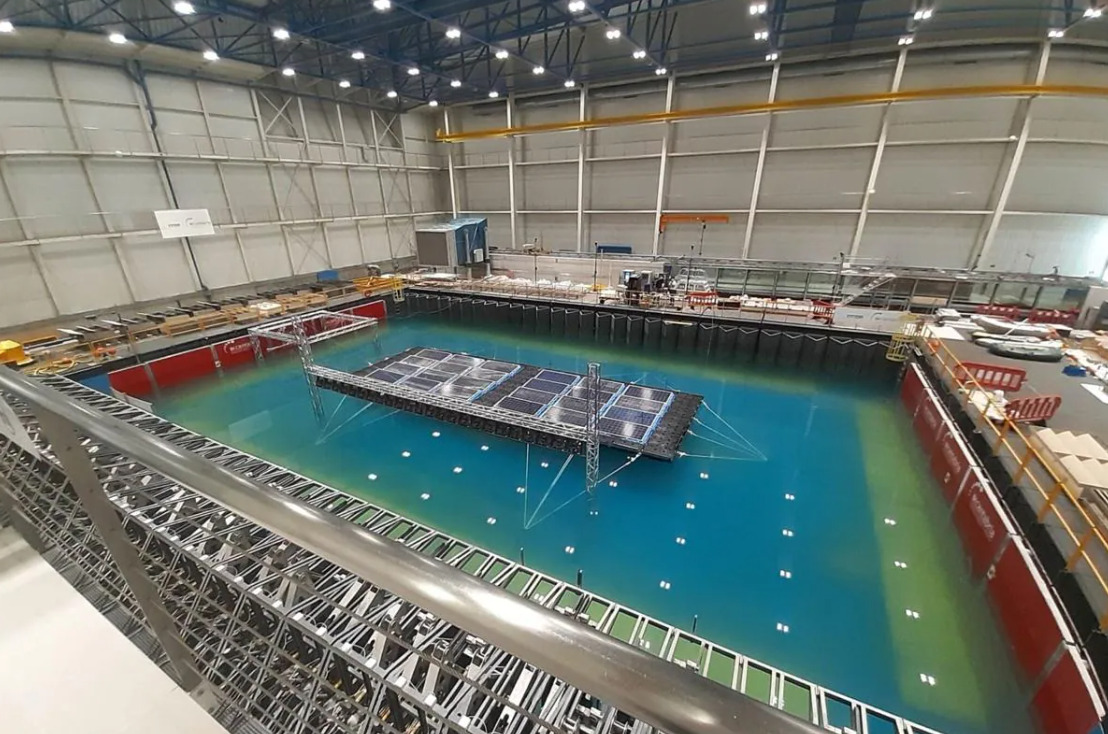The Port of Arinaga, in Gran Canaria, is set to become home to Spain’s second wave tank, a critical facility for testing scaled prototypes of marine renewable energy technologies. This 400-square-metre pool will allow these prototypes to be subjected to the real-world conditions of current, wind, and waves that they would encounter at sea.
The wave tank, similar to the one operated by the Cantabrian Institute of Environmental Hydraulics in Santander, will be installed within a dedicated facility at Arinaga. It will enable the simulation of wind, wave, and current conditions, offering a controlled environment where emerging marine energy technologies can be tested and refined during their experimental phase.
This wave tank will be the centrepiece of a broader hydraulic laboratory focused on offshore platforms. It will also feature a testing facility for floating photovoltaic platforms, wave energy converters, and offshore wind turbines, all of which are part of the Institute of Technology of the Canary Islands’ (ITC) ambitious plans for Arinaga.
To realise this vision, the ITC, a public research and development centre under the Canary Islands government, has applied for a land concession from the Las Palmas Port Authority. This request covers a public domain area of 2,369 square metres of land and 2,394 square metres of water surface, where larger-scale prototypes can be tested under the unique environmental conditions available in this part of Europe.
The laboratory and testing grounds are expected to be fully operational by February 2026. The project is backed by a €3.25 million grant from the Renmarinas Demos initiative of Spain’s Ministry for Ecological Transition, awarded through the Institute for Energy Diversification and Saving (IDAE).
Given the island’s favourable climate and the fact that the wave tank in Santander has a one-year waiting list for its facilities, the project leaders are confident in Arinaga’s potential to attract both national and international renewable energy initiatives.
📷 Wave Tank developed by the Cantabria Institute of Environmental Hydraulics
Source: www.canarias7.es




